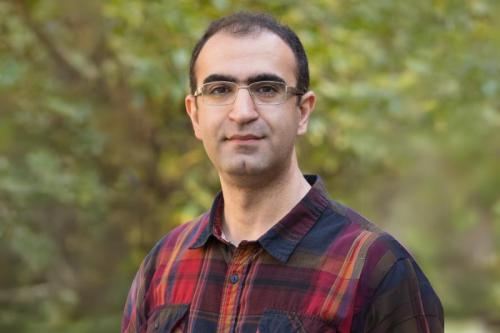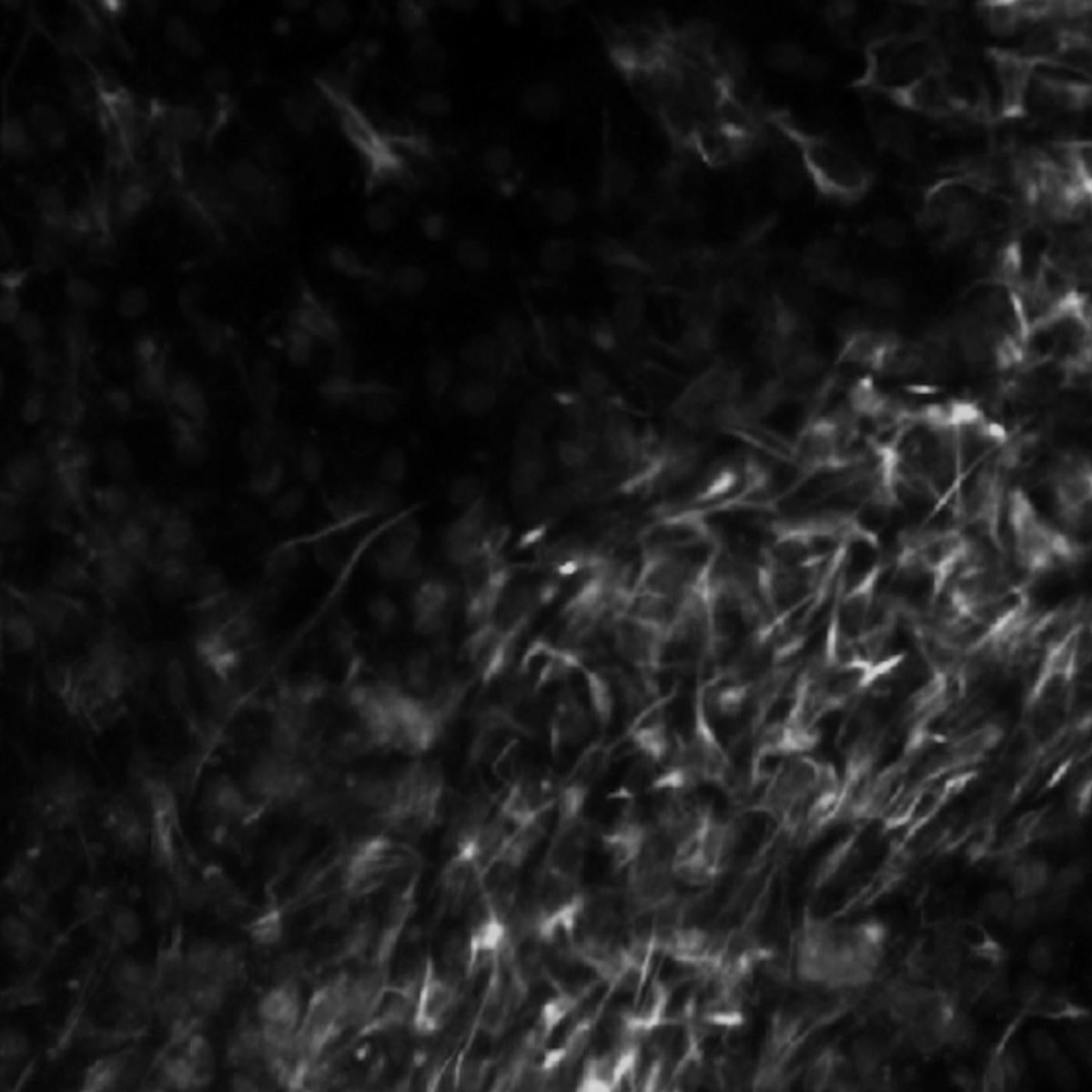
Amjad Askary, Ph.D.
- Assistant Professor, Molecular, Cell and Developmental Biology

Amjad Askary, Ph.D., uses synthetic and computational biology tools to identify principles from embryonic development that are used to create complex tissues such as the retina. The ultimate goal of this research is to develop better methods for the diagnosis and treatment of neurodegenerative eye disorders.
Askary leverages recent advances in synthetic and systems biology to address long-standing developmental questions. Toward this goal, he has developed methods for reconstruction of cell lineage through sensitive and scalable in situ barcode readout.
Currently, Askary is working on expanding this method to recording and reconstruction of single cell signaling history. He also uses imaging-based genetic barcoding, spatial transcriptomics and computational modeling to study the regulation of cell fate specification in the developing retina. A better understanding of cell fate regulation and progenitor states in the retina can enable new therapeutic strategies for neurodegenerative disorders of the eye.
Research Projects
- Developing new imaging-based technologies for reconstruction of cell lineage and molecular history
- Identifying how tissues like the retina are generated during embryonic development to create new therapies for neurodegenerative eye disorders
- Developing computational methods for the analysis of spatial data
-
Post-doctoral Fellowship
- Synthetic Biology and Biological Engineering, California Institute of Technology, 2021
Degree
- Ph.D., Genetics, Molecular and Cellular Biology, University of Southern California, 2016
-
